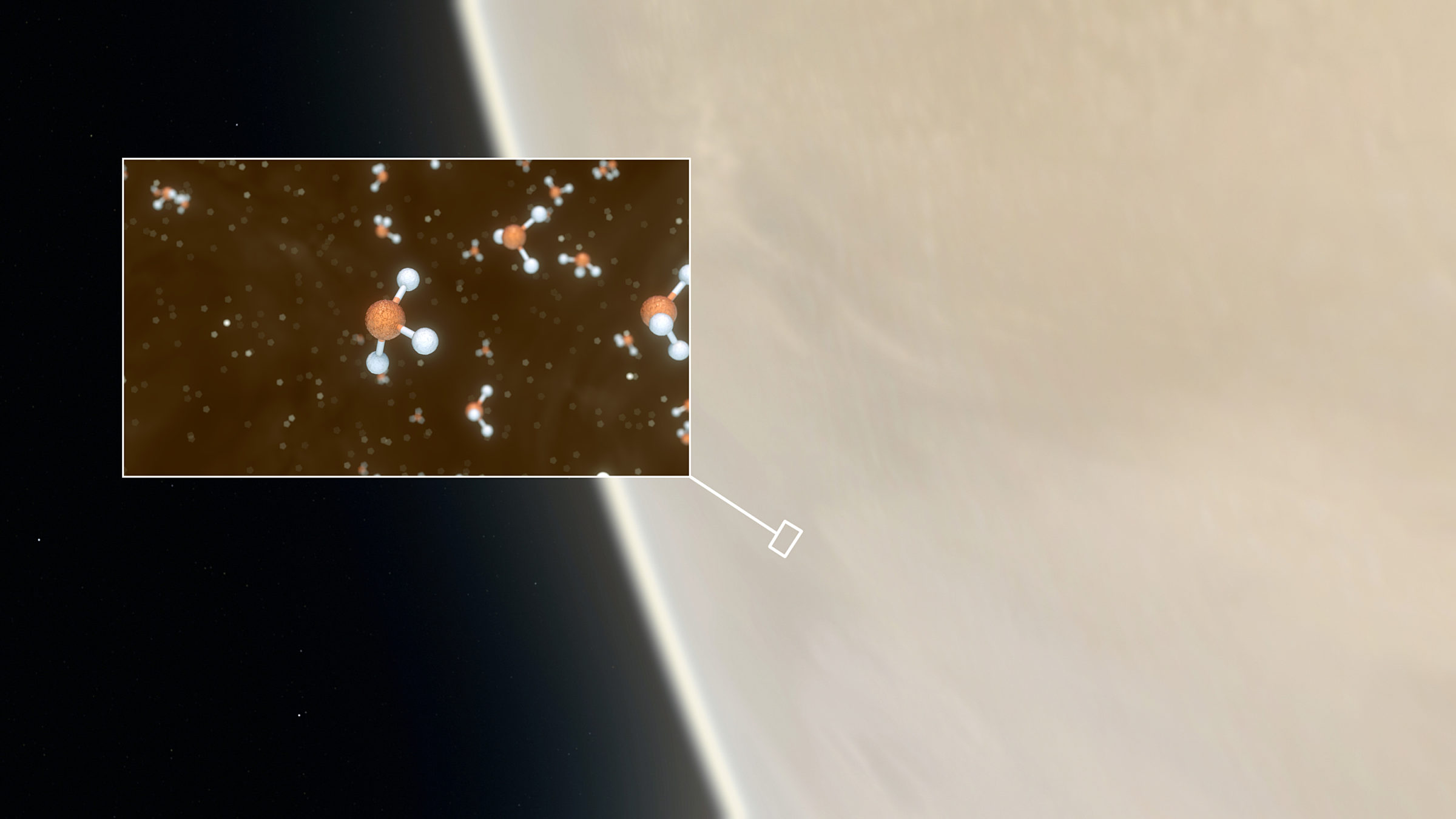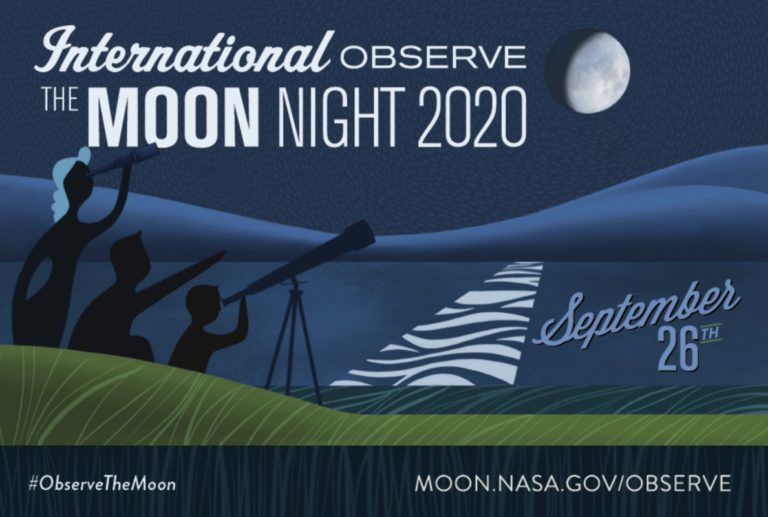The Downlink • Sep 18, 2020
Could there be life on Venus?
Space Snapshot

Scientists claim to have found phosphine, a chemical strongly associated with life, in Venus’ atmosphere. Some regions of the planet’s upper atmosphere (shown here in an image from Japan’s Akatsuki spacecraft) are relatively temperate and hospitable, and for decades scientists have theorized there could be microbial life forms floating around the planet. Here’s how we recommend you interpret the detection of phosphine on Venus. Image credit: JAXA/DARTS/ISAS
You love space, now take action
This weekly newsletter is your toolkit to learn more about space, share information with your friends and family, and take direct action to support exploration. Anyone can subscribe at planetary.org/connect to receive it as a weekly email.
Mission Briefings


Jupiter’s moons might be warming each other much more than previously thought. Moons like Europa have subsurface oceans that are warmed by gravitational stretching and squishing. Scientists thought giant host planets like Jupiter were the main cause, but new modeling shows the moons’ own orbital resonances with each other may cause most of the warming effect. Pictured: The four largest moons of Jupiter in order of distance from Jupiter: Io, Europa, Ganymede, and Callisto. Image credit: NASA

After Japan’s Hayabusa2 spacecraft drops off samples of asteroid Ryugu at Earth in December, the spacecraft will head for asteroid 1998 KY26. Hayabusa2 won’t arrive at 1998 KY26 until July 2031, but on the way there it will make 3 flybys of another asteroid, 2001 CC21. Learn more about the mission here.

NASA plans to buy lunar soil from a private company to prove it can legally be done. While the 1971 United Nations Moon Agreement prohibits the ownership of lunar materials, the U.S. is not a signee, and the Trump administration supports an updated international legal framework for extracting space resources. NASA Administrator Jim Bridenstine says the plan is for a private company to fly to the Moon, collect a sample, and then sell it to NASA by 2024. Buyer beware: if NASA wants to return the sample to Earth, they’ll have to do so themselves.

NASA is considering alternate landing sites for Artemis 3, the mission planned for 2024 that will return humans to the Moon. The agency has previously said it will target the Moon’s south pole, where permanently shadowed craters host water ice that could be mined for air, water, and propellant. A landing near the equator could simplify the mission. One possible target: old Apollo sites.

The European Space Agency awarded funding for construction of the Hera planetary defense mission. Hera will launch in 2024 to visit asteroid Didymos after NASA’s DART mission intentionally crashes into the asteroid’s small moon in 2022. Earth-based observers will record how the moon’s orbit changes, and Hera will conduct an extensive survey of the impact site. Together the missions will determine whether smashing a spacecraft into a dangerous asteroid is a good way to shift its orbit away from Earth.
From The Planetary Society


This week Planetary Radio brings you two episodes discussing the latest breaking news in space. On the Space Policy Edition, Chief Advocate Casey Dreier is joined by Scott Pace, the Executive Secretary of the National Space Council, to talk about the current administration's whole-of-government strategy to expand humanity's presence beyond Earth. Next, host Mat Kaplan talks with Venus scientist Javier Peralta about the discovery of possible biosignatures in the upper clouds of our neighboring planet. Pictured: An artist's impression of Venus, with an inset showing a representation of the phosphine molecules detected in the high cloud decks. Image credit: ESO et al.

In case you missed it: you can still find a video recording of our live event celebrating the latest book from Planetary Society co-founder Louis Friedman, Planetary Adventures. Lou traveled to Russia more than 50 times over the course of his career, working to advance international space cooperation and the exploration of Mars. As the USSR became the Russian Federation, Lou watched the attempted launch of the first-ever solar sail from a submarine, flew above a Soviet airfield in a balloon, and toured a top-secret Russian nuclear lab with Edward Teller, inventor of the U.S. hydrogen bomb. He has captured these and other stories in his new book, which you can buy in our online store.
What's Up

With all this hype around possible life on Venus, it’s worth getting up early to see the planet for yourself in the pre-dawn eastern sky. After dusk, you can also see Jupiter and Saturn fairly close together in the eastern evening sky, with Mars rising a little later.
Learn, Observe, and Celebrate our Moon

Next Sunday, 26 September is International Observe the Moon Night, a global event led by NASA and its partners that aims to bring people together (virtually, this year) to learn about and appreciate the Moon. Everyone on Earth is invited to learn about lunar science and exploration, take part in celestial observations, and honor cultural and personal connections to the Moon. Wherever you are, you can take part in the celebrations: attend or host a virtual or in-person event, or observe the Moon from home with some helpful tips.
Wow of the Week

Always ahead of his time, Planetary Society co-founder Carl Sagan predicted in 1961 that the clouds of Venus might be home to life, as shown in this highlighted excerpt from his paper 'The Planet Venus’ in the scientific journal Nature.
Do you have a suggestion for the Wow of the Week? We’re looking for space-related art, music, gadgets, quotes, fashion, burning questions, brief sci-fi passages, or anything else that will make our readers go “Wow!” Send us your idea by replying to any Downlink email or writing to [email protected], and please let us know if you’re a Planetary Society member.


 Explore Worlds
Explore Worlds Find Life
Find Life Defend Earth
Defend Earth

